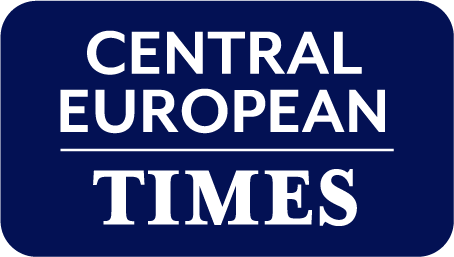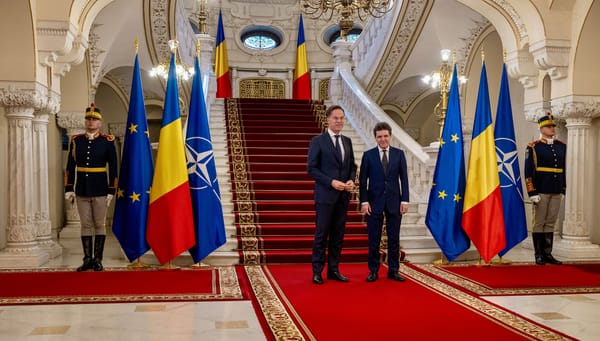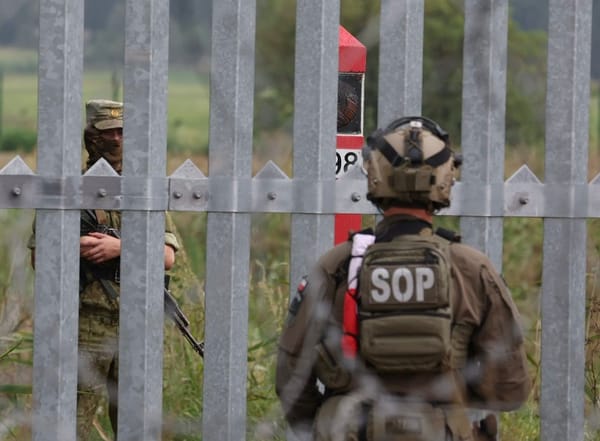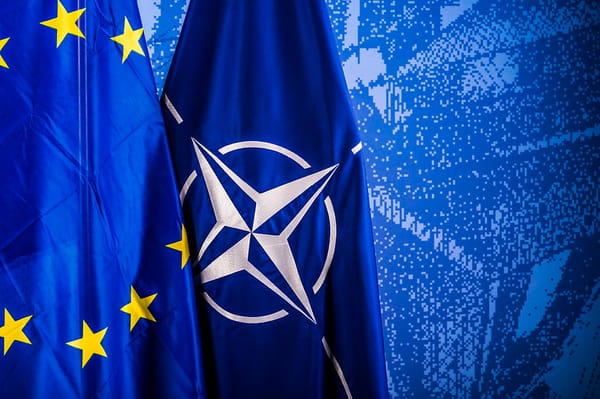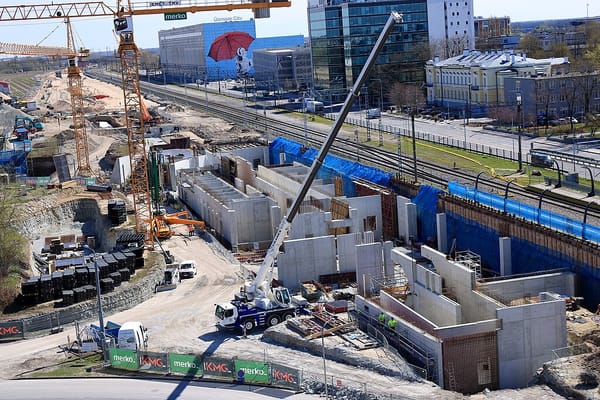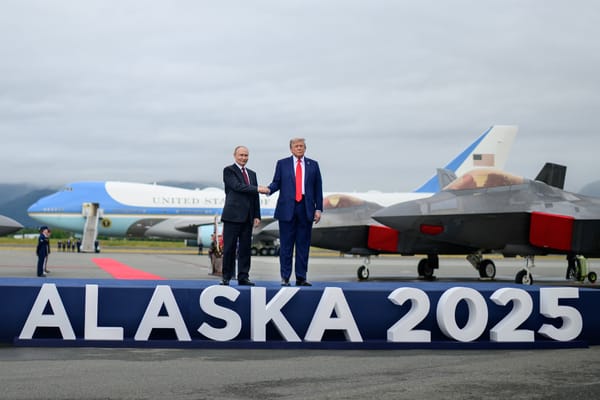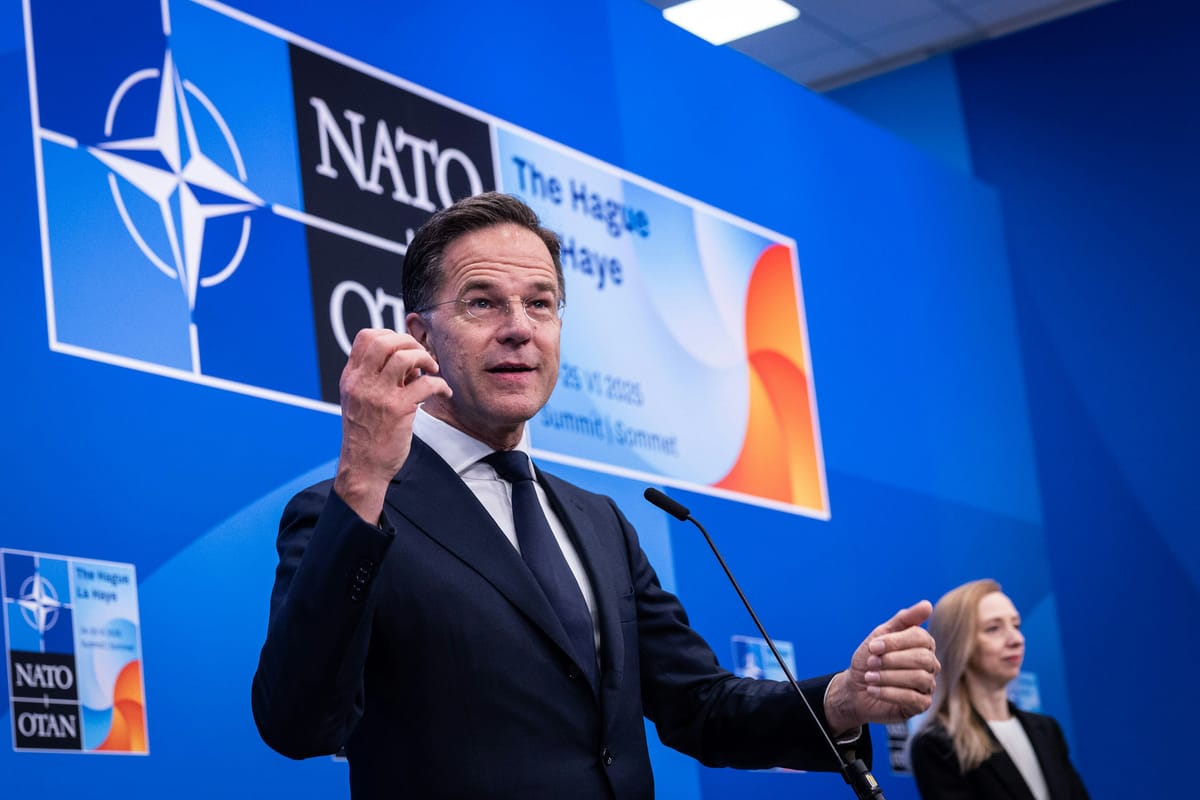
NATO endorses 5% defence spending framework at The Hague summit
NATO leaders endorsed a new rearmament benchmark that will shape the alliance’s trajectory for the next decade, in The Hague on 24-25 June.
Under the Hague Investment Plan adopted on 25 June, NATO members committed to raise annual defence-related spending to 5% of GDP by 2035. The 5% comprises 3.5% on conventional military capability and 1.5% on infrastructure, cyber-defence and civil preparedness; including support for Ukraine.
Contributions to Ukraine, including weapons transfers, logistics support and civil reconstruction assistance, may count toward the 1.5% non-military portion, according to summit sources. The new target replaces the 2% baseline first agreed in 2006, which only a minority of members had met by the 2020s.
The proposal, backed by NATO Secretary General Mark Rutte and supported by the US, Germany and the Baltic states, will require national implementation plans by mid-2026. NATO's next review will take place in 2029.
Eastern NATO members back 5%, but cracks emerge
While the summit courted US President Donald Trump with soft diplomacy, it laid bare the growing divergence between NATO’s eastern front and its political centre.
Although the new commitment to spending 5% of GDP on collective security by 2035 drew the headlines, behind these were varied reactions from NATO members in Central and Eastern Europe (CEE); from keen embrace to open resistance.
Czech President Petr Pavel, formerly NATO's number two, strongly supported the 5% spending hike, calling it a response to “needs we were neglecting for decades”. Czechia already spends over the 2% NATO baseline and is aiming to hit 3% by 2030 through incremental increases and modernisation.
Troops from Czechia support Enhanced Forward Presence in the Baltics and contribute to Baltic Air Policing, showing commitment beyond budget lines. Czech officials have characterised their position as one of capability over raw spending; “safe by capabilities”, and not only expenditure.
Baltic states at frontline of NATO modernisation
Latvian President Edgars Rinkevics said NATO members will indeed achieve 5% of GDP defence spending, simultaneously acknowledging pushback from southern states but underlining the region’s geopolitical urgency.
For its part, Lithuania has championed transparency, demanded declassified military readiness data and formulated plans to expand its forces to at least 17,500 troops.
Along with the third Baltic state Estonia, Latvia and Lithuania have been expanding their drone capabilities, air defence systems (HIMARS, NASAMS), and infrastructure along the Russian and Belarusian borders, while building the Baltic Defence Line.
Further south, Romania is bolstering its defences, has contributed F-16 fighter planes to Baltic air missions and reinforced its Black Sea security. Romania is expected to align with Czech and Baltic calls for enhanced European autonomy, while retaining an alignment with US strategy.
NATO’s quiet realignment: flattery, 5%, Fico
Although hailed as historic, the 5% pledge drew the ire of Kremlin-proximate Slovak Prime Minister Robert Fico, who dismissed the plan as “absurd” and reiterated his calls for neutrality regarding the Ukraine War. “We are a peaceful country. Neutrality may be a better fit for our people,” Fico said in an interview with RTVS on 25 June.
Polish state channel TVP World and news agency Reuters described Slovakia as the “biggest loser” of the summit, citing diminished trust and increasing friction with its neighbours. A Polish diplomat described Fico’s neutrality comments as “a credibility leak from within the eastern flank”, according to a report by Reuters published on 25 June.
Ukraine sidelined at summit
Ukrainian President Volodymyr Zelenskyy attended bilateral and informal meetings in The Hague but was not able to secure a new military package or NATO accession roadmap. The final communique of the summit omitted any direct references to Russia's invasion and a NATO membership path for Ukraine.
This shift contrasts with previous summits where Ukraine dominated the agenda. According to the Atlantic Council and UK daily The Guardian, the omission was for both optics and internal cohesion over future commitments.
Think-tank analyses raised concerns over the implications of the summit. The Centre for Strategic and International Studies said NATO risks "brain death" if it fails to move beyond spending targets to operational capability, including joint readiness, integrated logistics and reducing dependence on US military infrastructure.
The Atlantic Council identified four neglected strategic questions: the durability of US commitment; NATO’s future approach to Russia; the alliance’s role in supporting Ukraine, and the absence of a coherent strategy on China. The Council also underlined Europe's need for its own defence-industrial and logistics base.
British think tank Chatham House provided a post-summit roadmap that urged NATO members to deliver tangible air defence support to Ukraine; strengthen defence supply chains; and maintain internal political cohesion as divergent national positions emerge. Chatham House also emphasised the importance of re-integrating Ukraine into alliance planning, regardless of membership timelines.
Southern states reluctant on 5% spending benchmark
NATO’s 5% target may also widen intra-alliance disparities. While Poland, the Baltics and Czechia view the target as overdue, southern states such as Italy and Spain face steep fiscal constraints. NATO officials have not clarified whether exemptions or delayed compliance mechanisms will be introduced.
Rutte's approach to Trump was described as flattery-focused by several UK outlets including The Guardian, The Financial Times and The Times, and interpreted as an effort to secure US buy-in on the 5% target.
Trump later confirmed his approval and reaffirmed commitment to Article 5 during a Fox News interview, calling the alliance “fair” for now.
